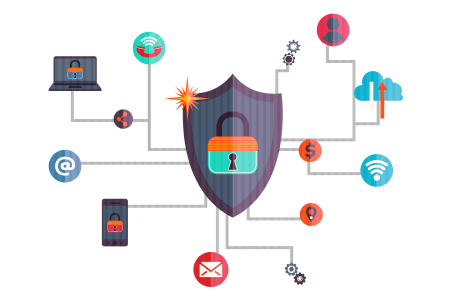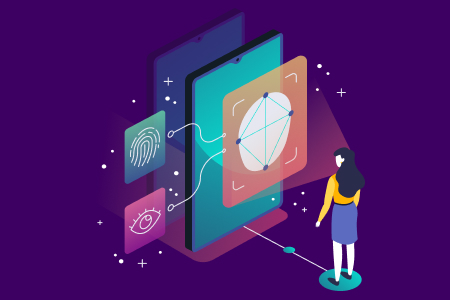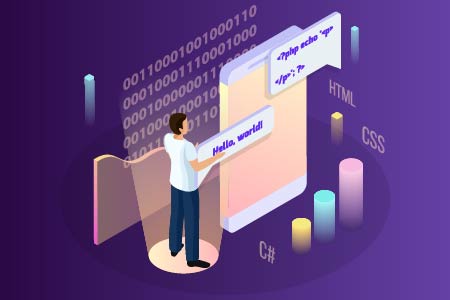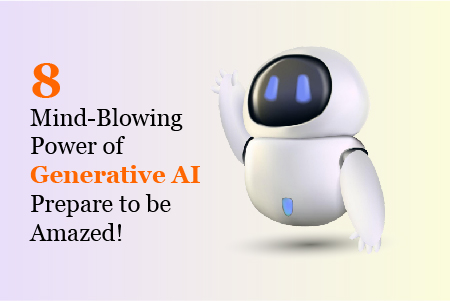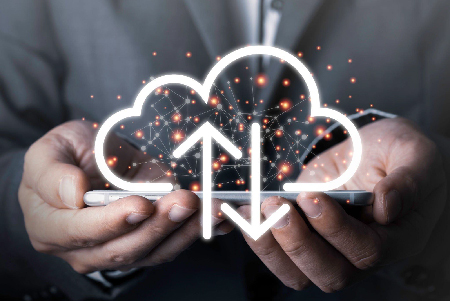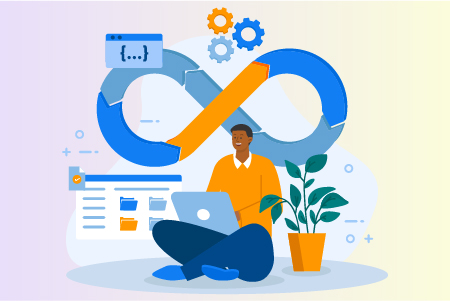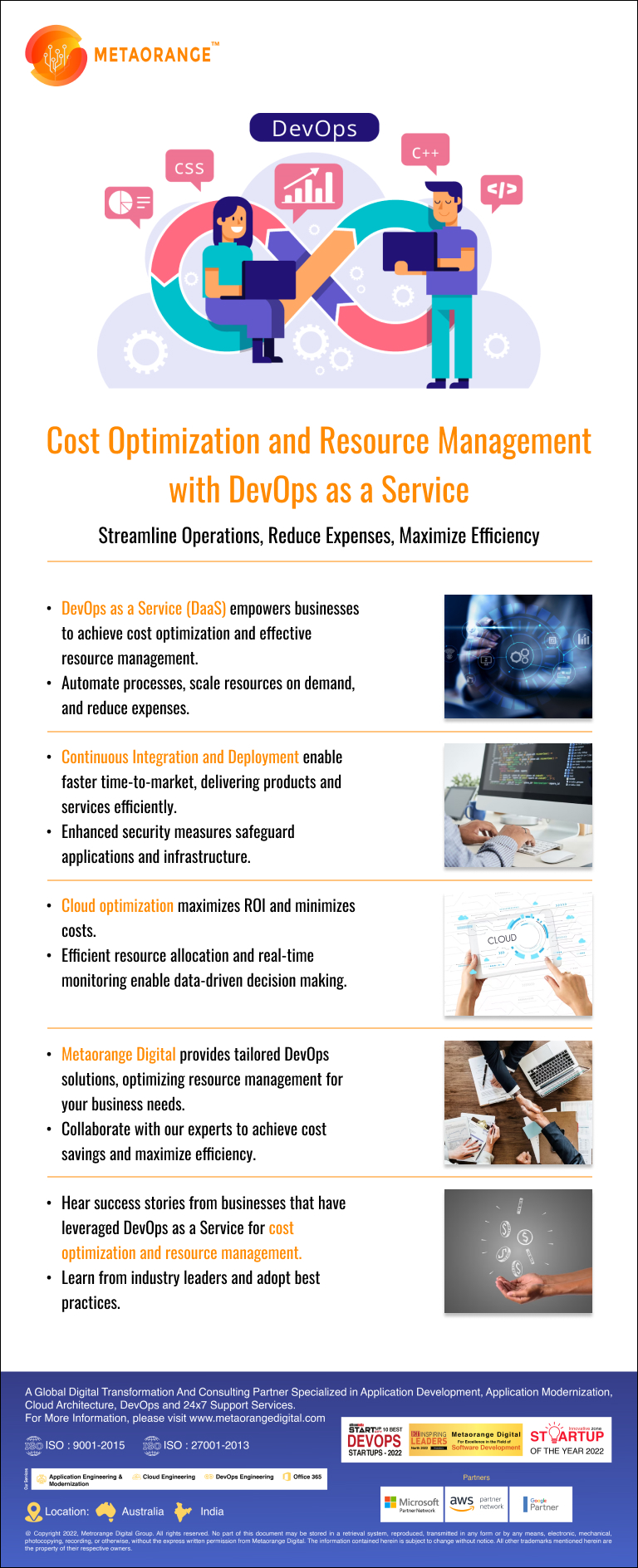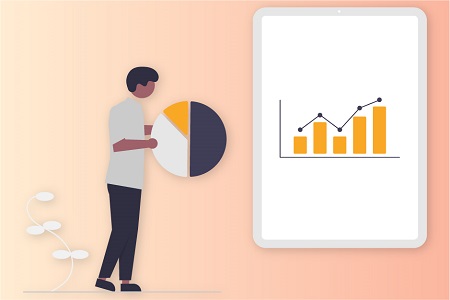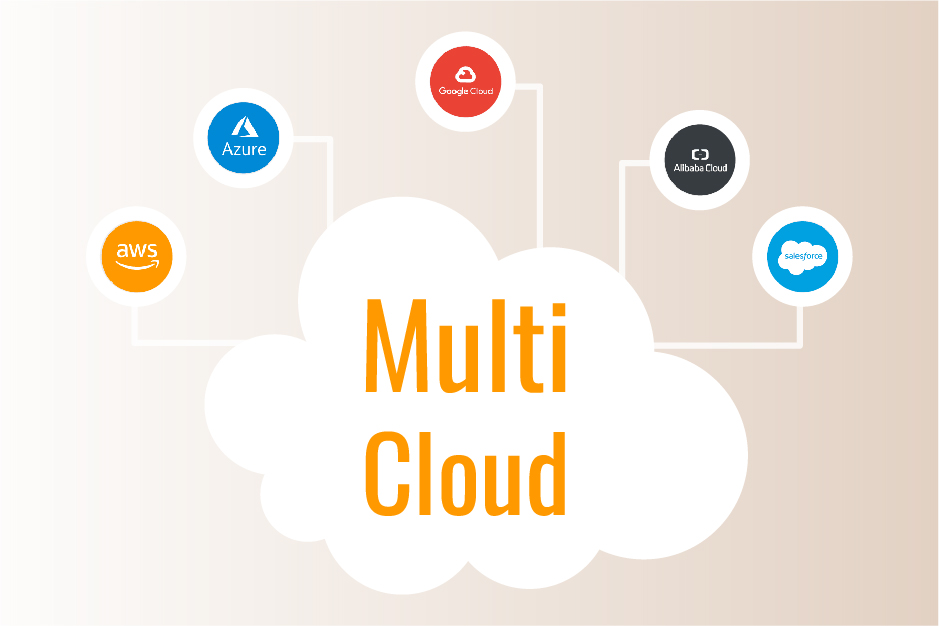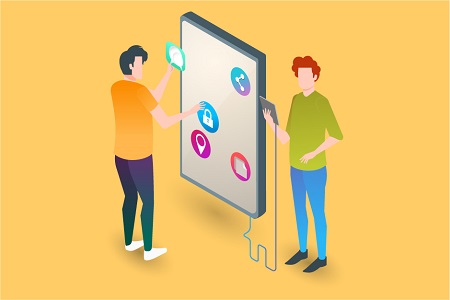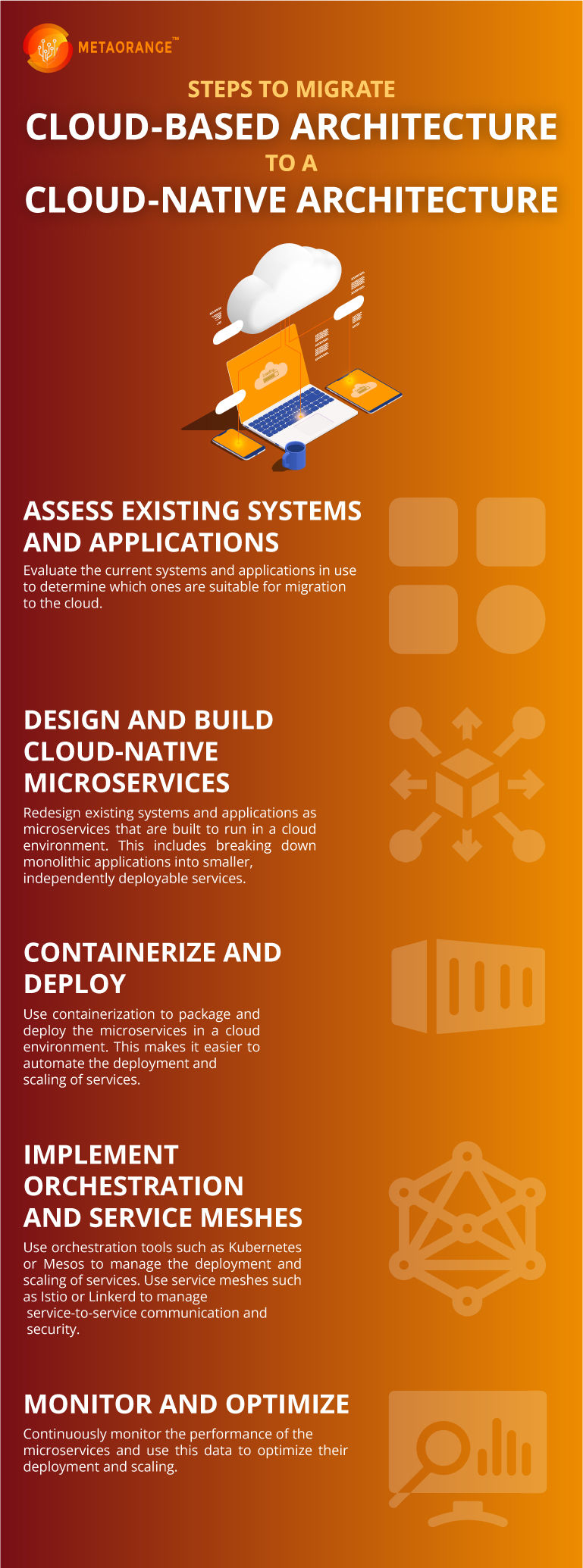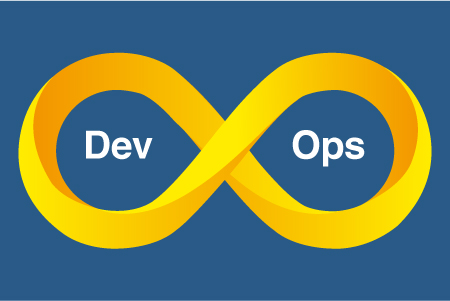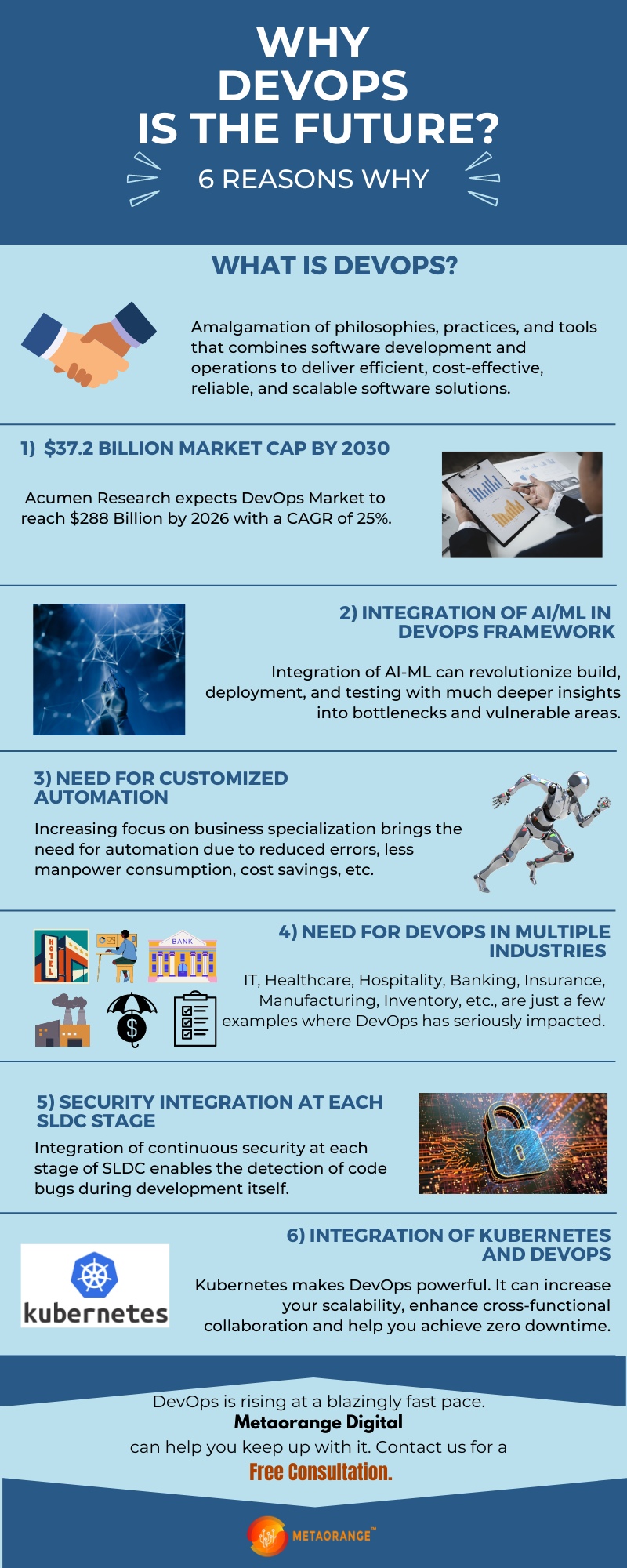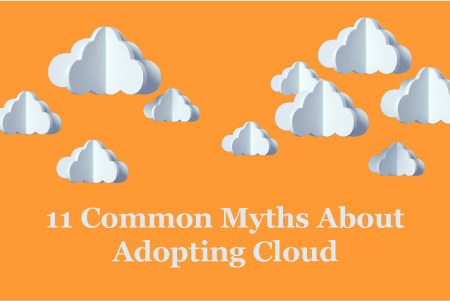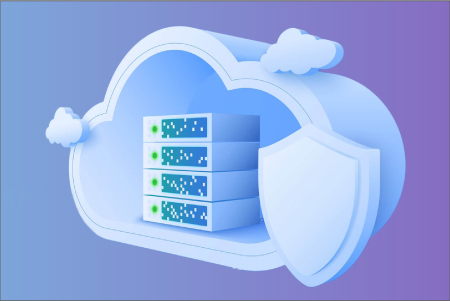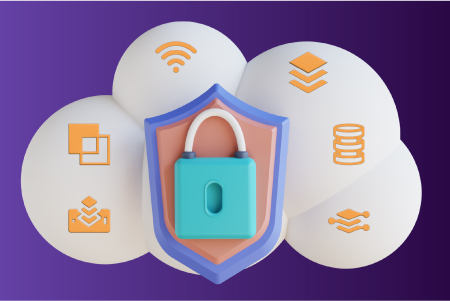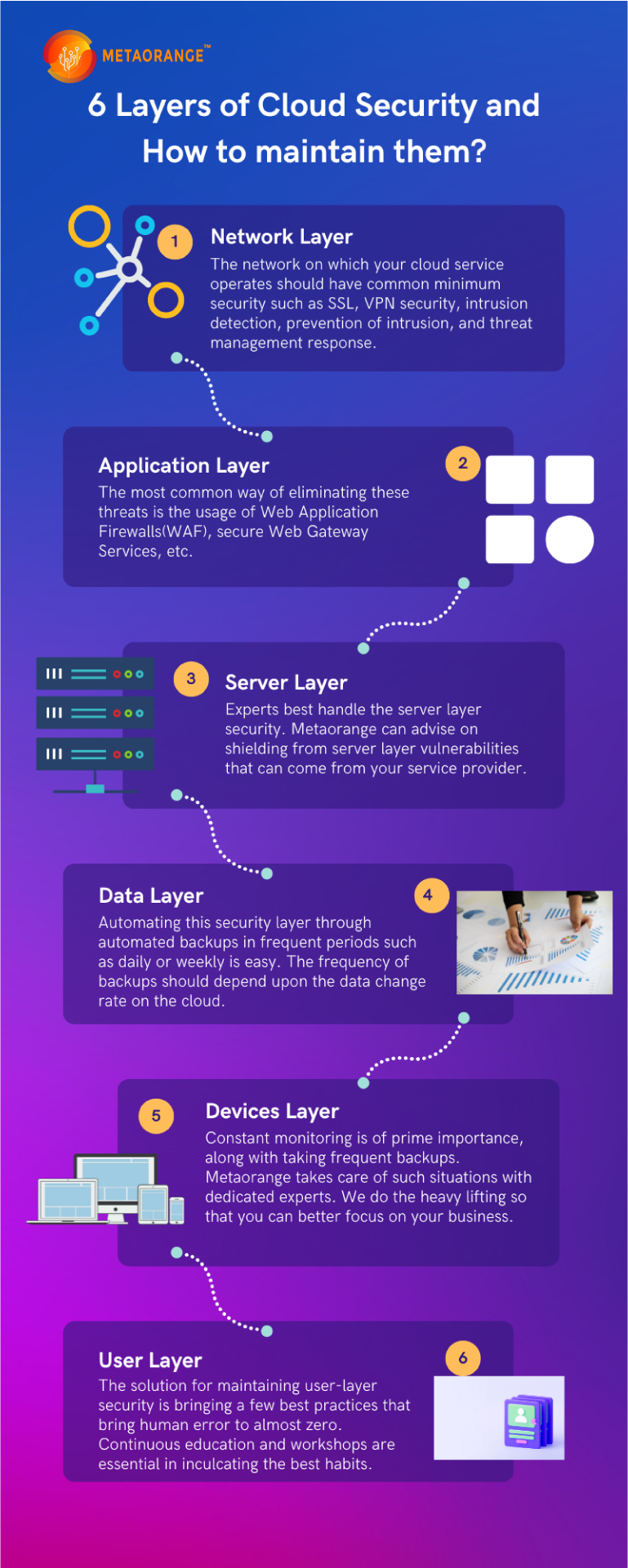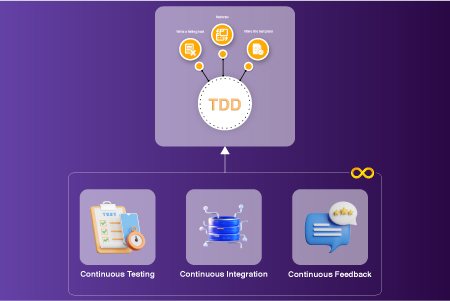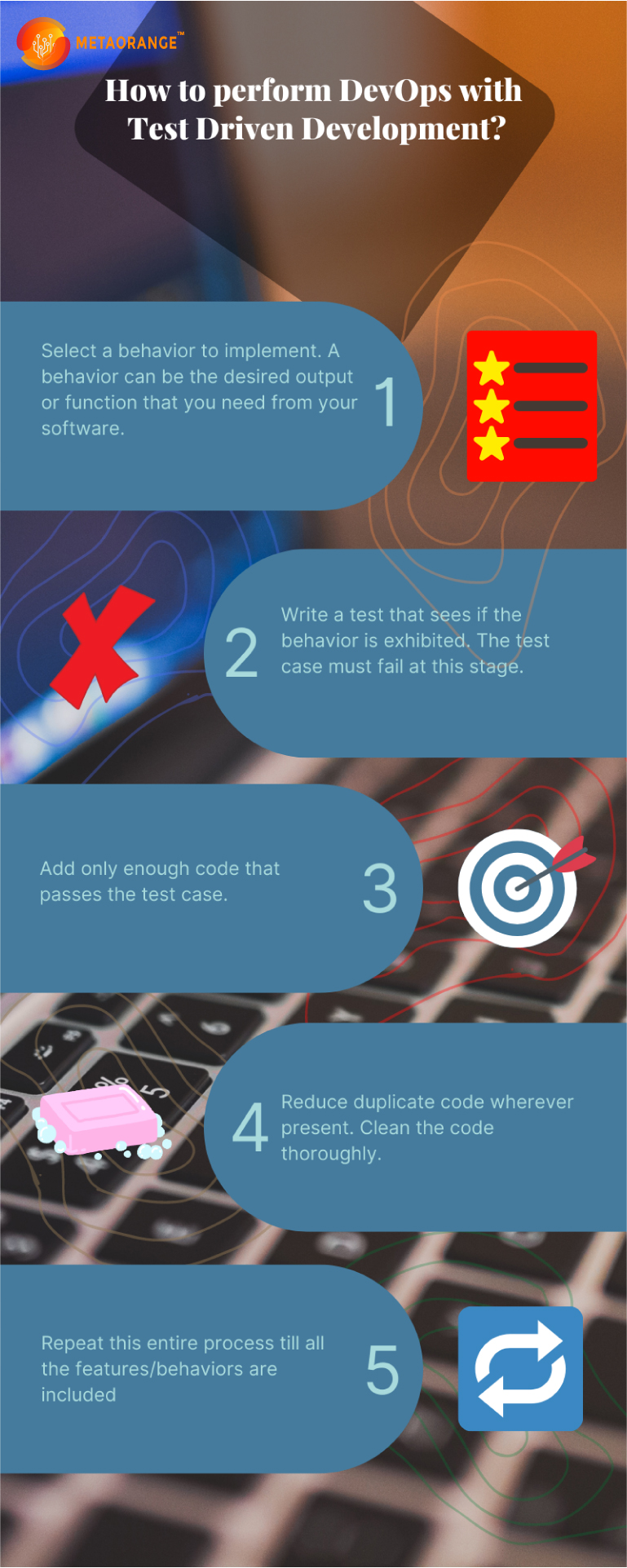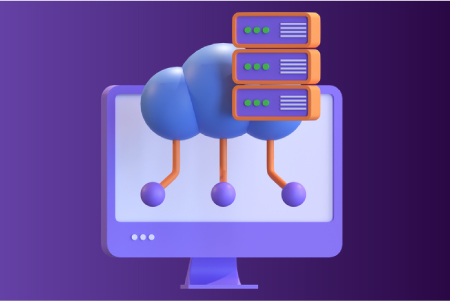Businesses are continuously looking for methods to optimise their operations, increase agility, and gain a competitive advantage in today’s quickly expanding digital market. Adoption of a multicloud strategy is one strategy that has gained traction.
Businesses can reap a variety of benefits by utilising numerous cloud service providers at the same time, including the ability to scale, minimise risks, and maximise overall efficiency. In this Infographic, we will look at why a multicloud strategy is so important for organisations in today’s dynamic market and how it may help them succeed.
Multicloud Enhanced Reliability
Diversifying cloud resources among several providers enhances dependability and resilience dramatically. Businesses can mitigate the impact of unexpected service disruptions or outages by dispersing important workloads over multiple cloud platforms.
In the event of a problem with one provider, services can be effortlessly switched to another, providing minimal downtime and ongoing operations. A multicloud strategy lowers the danger of a single point of failure while also improving overall business continuity.
Flexibility and Avoiding Vendor Lock-In
In today’s market, businesses must be flexible and prevent vendor lock-in. Implementing a multicloud strategy enables businesses to select the finest cloud platforms while lowering costs and retaining control over infrastructure and data. Multicloud architectures increase flexibility, allowing firms to respond to market changes and grow resources.
This technique avoids vendor lock-in, allowing for favourable terms to be negotiated while maintaining vendor independence. Businesses that implement a multicloud strategy are well-positioned for future growth and success.
Optimized Performance and Scalability
When it comes to performance and scalability, different cloud providers have different characteristics. Businesses can use a multicloud strategy to select the best cloud platform for each application or workload.
Companies can utilise this method to optimise speed, reduce latency, and provide an amazing customer experience. Furthermore, multicloud architectures enable seamless scalability, allowing businesses to simply expand their resources to meet rising demand without sacrificing performance or incurring extra expenditures.
Risk Mitigation
Depending on a single cloud provider introduces risks such as data loss, service outages, and security breaches. By dispersing data and workloads across several providers, a multicloud strategy mitigates these risks.
This diversification reduces the impact of any faults, ensuring continuous business operations and improved data security. Accept the power of multicloud to build a resilient and dependable cloud infrastructure.
Innovation and Future-Proofing
Multicloud strategies allow businesses the freedom to experiment with new technologies and developments. Companies may simply adopt and integrate new solutions as cloud services grow and new options emerge by utilising different cloud providers. This future-proofs businesses by ensuring they can adapt and stay competitive in a rapidly evolving technology landscape.
Cost Optimization
Businesses can reduce costs by implementing multicloud solutions. Companies can have more control over their cloud expenditure by comparing costs, negotiating contracts, and picking the most cost-effective choices from several providers.
It also allows companies to use pricing models like as spot instances or reserved instances to optimise resource utilisation and save overall costs.

LEARN MORE: Multicloud Services Of Metaorange Digital

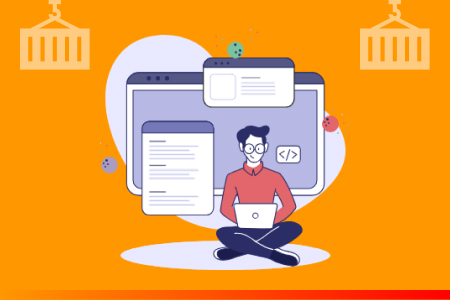














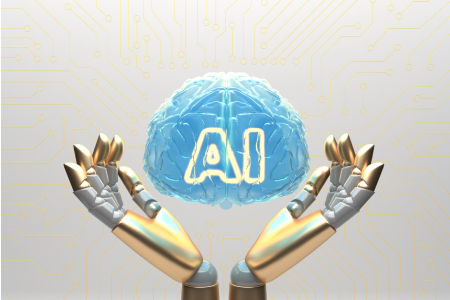
![[15:04] Sravani Prasadam Unlocking the Power of AI: From Myth to Digital Revolution u can use this title](https://metaorangedigital.com/wp-content/uploads/2023/10/Infographic-4.png)


